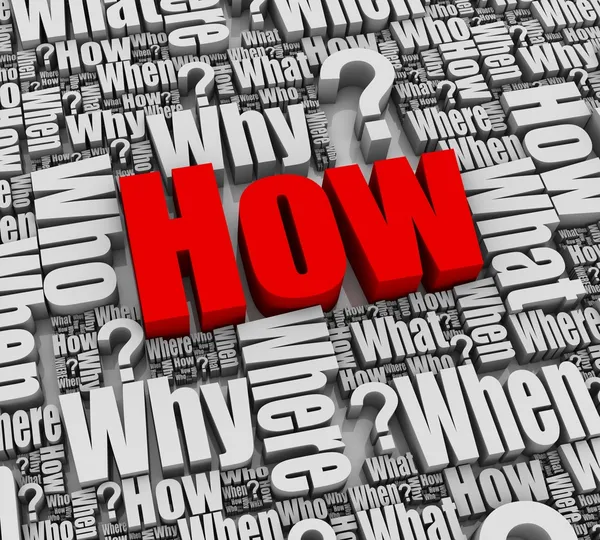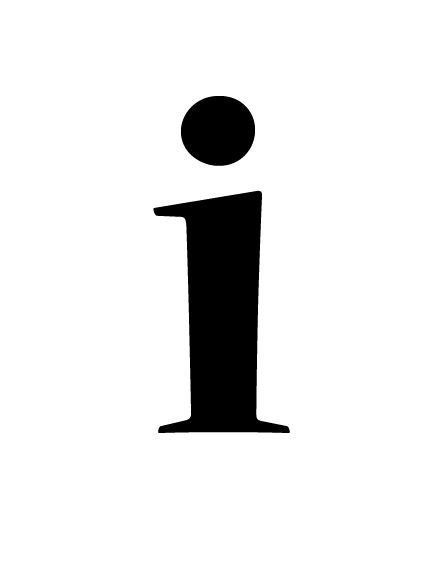How Do You Say Déjà Vu in Spanish?
Ever experienced that eerie feeling that you've lived a moment before? That's déjà vu, a French term meaning "already seen." But what if you want to express this sensation in Spanish? Let's explore the different ways you can convey this feeling to your Spanish-speaking friends.
The Direct Translation: "Déjà Vu"
Just like many other French words, déjà vu has found its way into the Spanish language. You can absolutely use "déjà vu" in Spanish and be understood. It's commonly used, especially in more formal settings or when discussing the phenomenon directly. You'll often see it written with the accent marks as in the French original: déjà vu.
For example:
"Tuve un déjà vu muy fuerte cuando entré a esa casa." (I had a very strong déjà vu when I entered that house.)
More Common Alternatives
While "déjà vu" is acceptable, there are other, perhaps more natural, ways to express the feeling in Spanish. These alternatives might not be a direct translation, but they capture the essence of the experience quite well.
"Ya lo he vivido" (I've already lived it)
This is a very literal and straightforward way to say you've experienced something before. It directly translates to "I have already lived it." It’s a simple and effective option, especially in casual conversation.
For example:
"Esta situación es extraña, siento que ya lo he vivido." (This situation is strange, I feel like I've already lived it.)
"Esto ya lo he visto" (I've already seen this)
Similar to the previous option, "esto ya lo he visto" translates to "I've already seen this." It emphasizes the visual aspect of déjà vu, suggesting you've witnessed the scene before. This option is suitable when the sensation is strongly tied to what you're seeing.
For example:
"Es increíble, esto ya lo he visto en un sueño." (It's incredible, I've already seen this in a dream.)
"Me suena" (It sounds familiar)
"Me suena" is a more idiomatic expression that translates to "it sounds familiar" or "it rings a bell." While it's not a perfect equivalent to déjà vu, it can be used to express a sense of familiarity with a situation or place. It’s especially useful if you can't quite pinpoint why something feels familiar, but you know you've encountered it before, or something like it.
For example:
"Este lugar me suena, creo que vine aquí cuando era niño." (This place sounds familiar, I think I came here when I was a child.)
"Tengo la sensación de que ya he estado aquí" (I have the feeling that I've already been here)
This is a more descriptive option, meaning "I have the feeling that I've already been here." It captures the feeling of having been in a specific place before, even if you can't consciously recall it. This is a good option when you want to convey a sense of certainty about having experienced something before, but without claiming to remember the specific instance.
For example:
"Tengo la sensación de que ya he estado aquí, aunque no recuerdo cuándo." (I have the feeling that I've already been here, although I don't remember when.)
"Se me hace conocido" (It seems familiar to me)
This phrase is a more common and relaxed way to express familiarity. "Se me hace conocido" translates to "It seems familiar to me." It's used when something isn't immediately recognizable but evokes a sense of knowing. This expression works well in casual conversations, and it is a versatile way to show that you perceive that you have seen or heard it before.
For example:
"Ese rostro se me hace conocido. ¿Nos habremos visto antes?" (That face seems familiar to me. Have we met before?)
"Como si ya hubiera pasado" (As if it had already happened)
This expression focuses on the feeling of an event being a replay. "Como si ya hubiera pasado" conveys the idea that the current situation feels as though it has already occurred. It captures the essence of déjà vu by highlighting the sense of reliving something. It can be used when describing a specific event or moment that triggers the sensation of déjà vu.
For example:
"Esta conversación, es como si ya hubiera pasado. Es muy extraño." (This conversation, it is as if it has already happened. It is very strange.)
Regional Variations
Like any language, Spanish has regional variations. Some of these phrases might be more common in certain Spanish-speaking countries than others. For example, some regions might favor "me suena" more than others. It's always a good idea to pay attention to how native speakers use these expressions in different contexts.
Conclusion
While you can use "déjà vu" directly in Spanish, knowing alternative expressions enriches your vocabulary and allows you to express the sensation more naturally. Whether you choose "ya lo he vivido," "esto ya lo he visto," "me suena," or another option, you'll be able to effectively communicate that strange feeling of having experienced something before. Next time you feel that eerie sense of familiarity, you'll be ready to describe it in Spanish with confidence!












